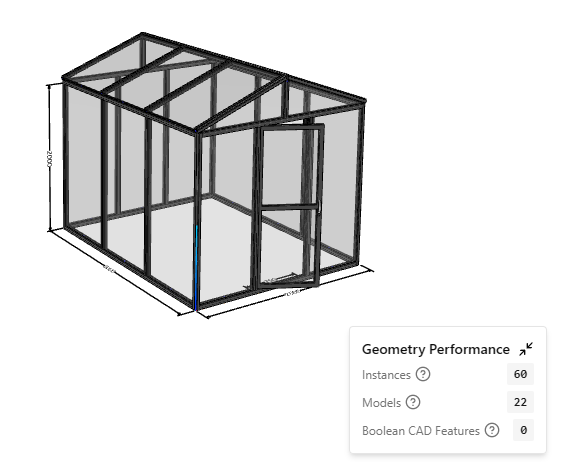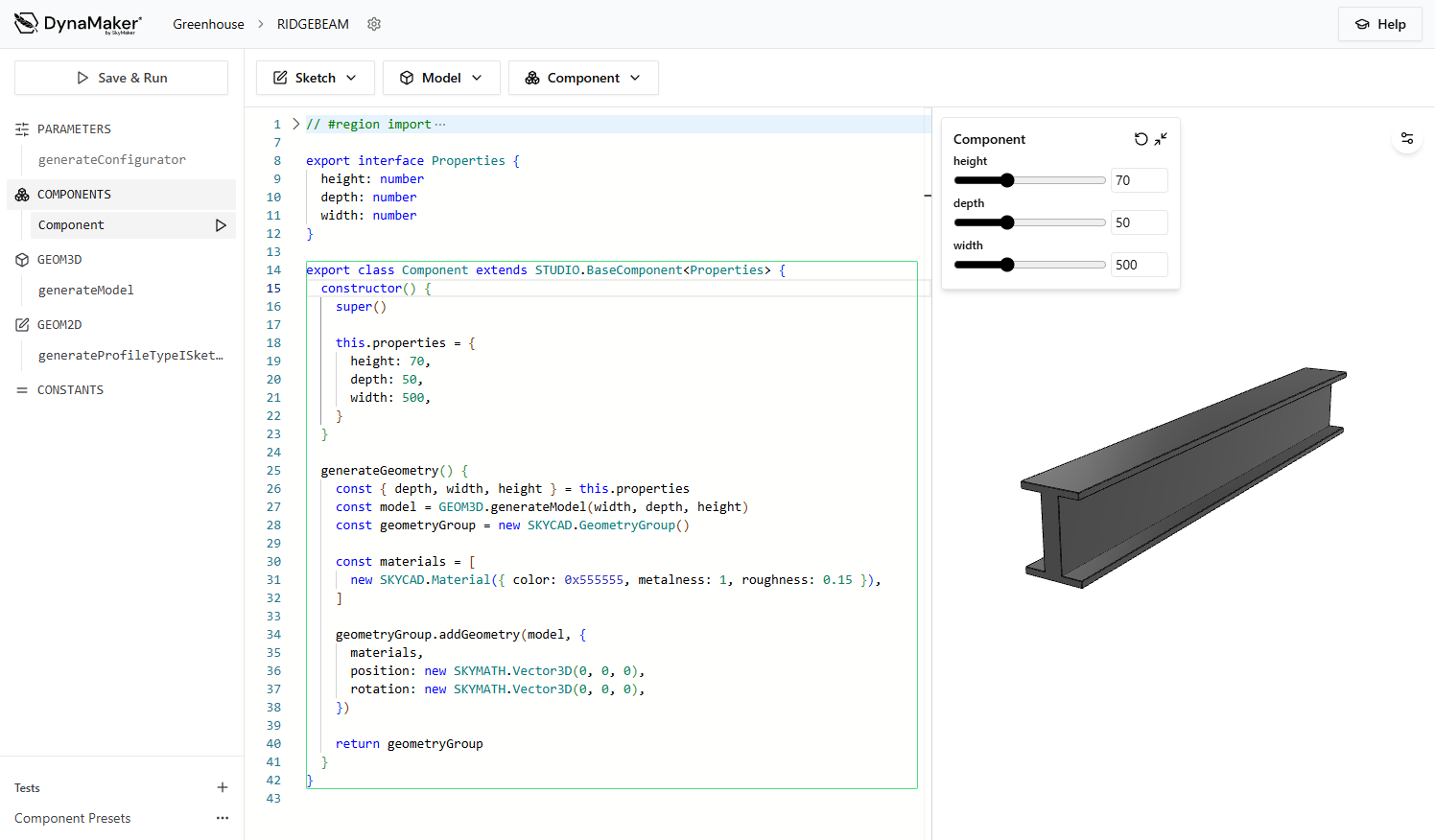November 2025 update
- It is now possible for a team to have subscriptions with different plans. For example, one application can have a Pro plan while another has a Standard plan.
- Editor theme now automatically updates whenever the operating system theme is changed when the "system" option is selected.
- Improved feedback when trying to create a Dataset from invalid JSON.
- It is now possible to create a copy of a Library.
- Fixed an issue where textures from Libraries would not load correctly in the application context.
- Fixed an issue where some plugins would not work correctly in the UI editor.
- Fixed an issue in the Elfsquad plugin where some special characters were not being handled properly.


